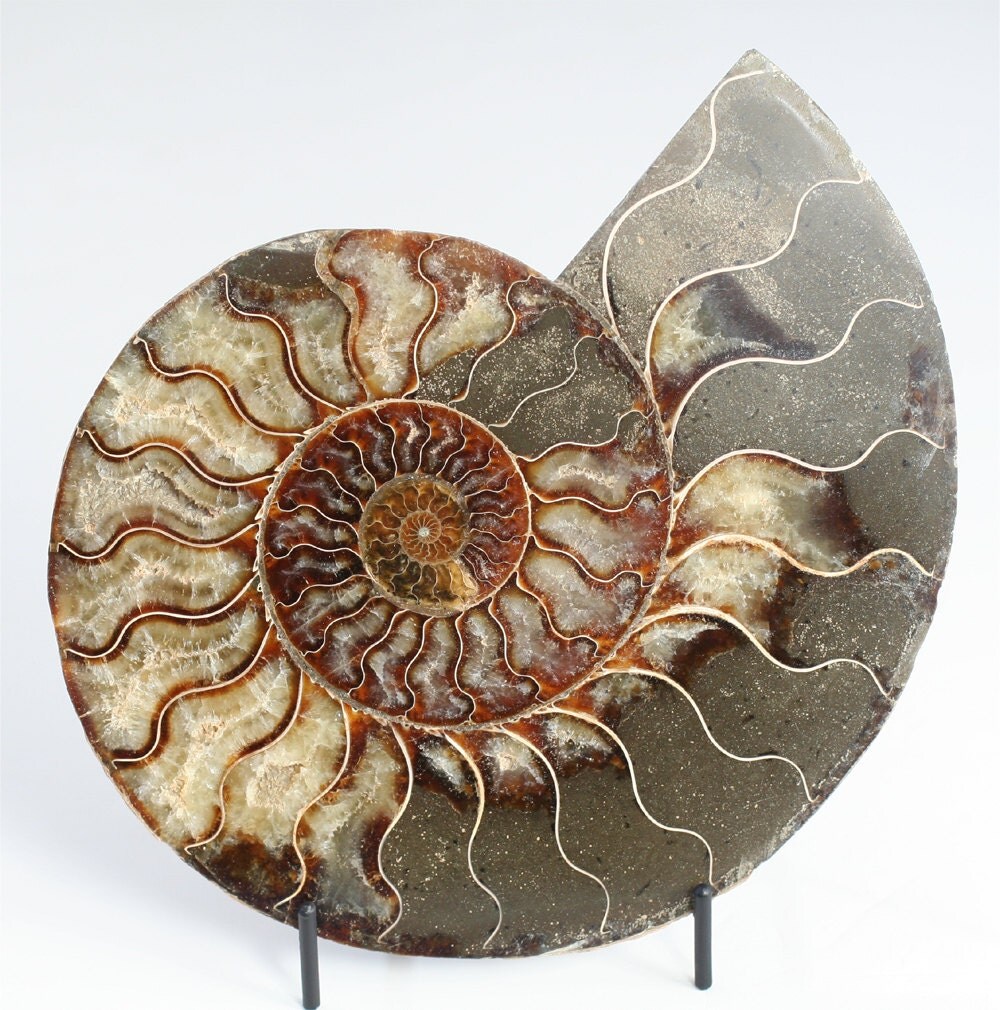


Known as cephalopods, which includes their living relatives the octopus, The name 'ammonite' (usually lower-case) originates from the Greek In the seas between 240 - 65 million years ago, when they became extinctĪlong with the dinosaurs. Typically ribbed spiral-form shell as pictured above. The scientific paper: “An ammonite trapped in Burmese amber” by Tingting Yu, Richard Kelly, Lin Mu, Andrew Ross, Jim Kennedy, Pierre Broly, Fangyuan Xia, Haichun Zhang, Bo Wang, and David Dilcher published in the “Proceedings of the National Academy of Sciences of the United States of America.A giant chalk ammonite exposed on the foreshore at Peacehaven.Īmmonites are perhaps the most widely known fossil, possessing the The finding of an ammonite within a nodule, provides biostratigraphical dating support attesting to the 99-100 million-year-old estimate for these types of ancient tree resin from northern Myanmar. The dating of amber can be extremely difficult as these pieces can be reworked and redeposited. However, since this is the first time that an ammonite shell has been discovered entombed, the odds of fossilisation occurring and the material surviving long enough to turn into amber marks an exceptionally rare occurrence. The authors, which include scientists from the Chinese Academy of Sciences suggest that resin ending up on the beach due to the proximity of the conifers could have been a relatively common event. It is remarkable that the tree resin survived the high-energy shore environment before being preserved as amber. As it slid down the tree trunk it picked up terrestrial creatures and under gravity is moved across the sand picking up the shells on the beach. The scientists conclude that the tree resin fell onto the beach from coastal trees, for example araucarian conifers could have been growing close to the shore and the resin originated from one of these trees. How Did the Marine Assemblage End Up in the Tree Resin? It is also not certain whether the isopods represent terrestrial, intertidal or marine forms. Specimens from the Amber Nodule (BA18100)įour isopods and possibly three other specimens preserved in the amber that could be isopods but they are too badly damaged to be certain. X-ray-microcomputed tomography (CT) scans was employed to help identify the fossil material. Measuring 33 mm long, 9.5 mm wide and 29 mm high, it contains a diverse assemblage of at least forty individuals. The amber nodule in this study (BA18100), was obtained from an amber mine close to Noije Bum Village, Tanaing Town and it weighs a fraction over six grams. The amber from northern Myanmar has provided palaeontologists with some fascinating fossils to study, including feathers, baby birds and even the partial tail of a feathered dinosaur. X-ray-microcomputed Tomography (CT) Scans This is a rare example of a marine organisms associated with tree resin and also represents a rare instance of the dating of fossil tree resin using the remains of organisms trapped within an amber nodule. The ammonite can be seen on the right of the picture, one of the gastropods is directly above it. The amber nodule from Myanmar with a wide variety of both marine and terrestrial elements preserved within it.

The Amber Nodule (Myanmar) with the Preserved Invertebrate Remains The ammonite shell is a juvenile Puzosia and its discovery adds weight to those academics proposing the dating of the amber to Late Albian–Early Cenomanian. The identification of the ammonite at the genus level has permitted the researchers to provide supporting evidence as to the age of the amber.

The organic remains consist of a mixed assemblage of intertidal and terrestrial floor organisms and suggests that the Cretaceous Myanmar forest was adjacent to a shifting and dynamic coastal environment. Writing an open article in the PNAS (Proceedings of the National Academy of Sciences of the United States of America), the researchers document a variety of terrestrial and marine invertebrates consisting of molluscs, insects, spiders and mites that have been preserved trapped in a piece of fossilised tree resin that dates from around 99 million years ago. This month has seen the publication of yet another remarkable paper detailing fossil discoveries found within amber nodules from northern Myanmar. Ammonite Trapped in Nodule Helps to Date Myanmar Amber Fossils


 0 kommentar(er)
0 kommentar(er)
